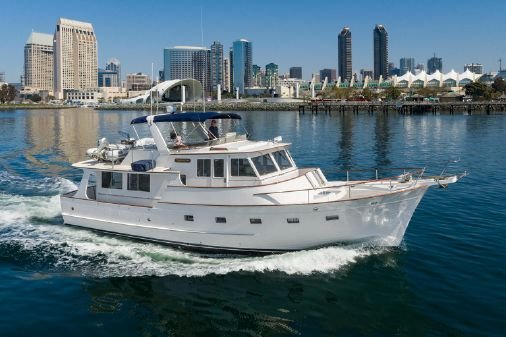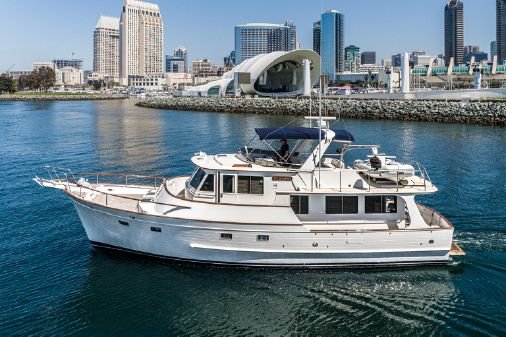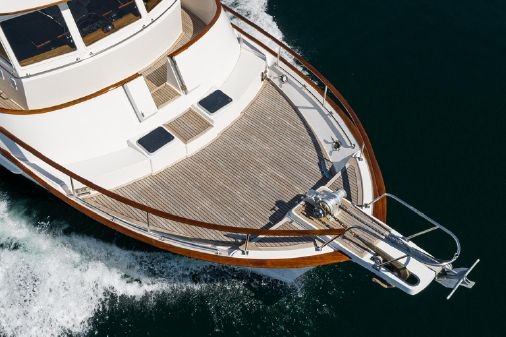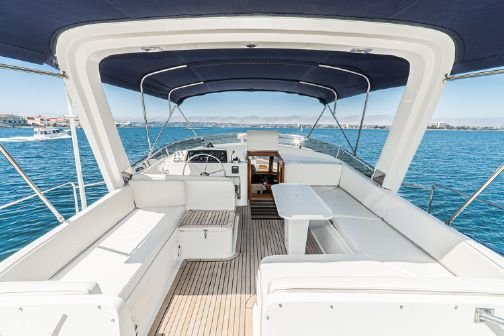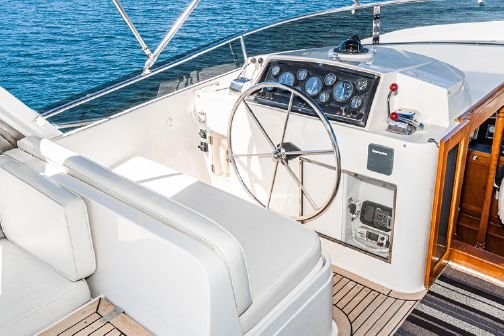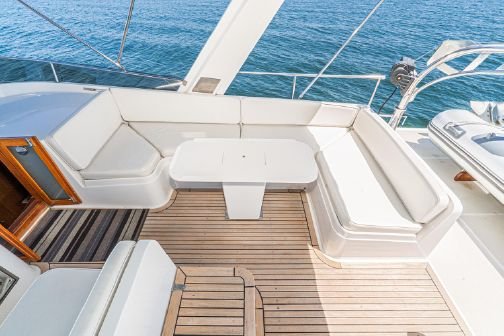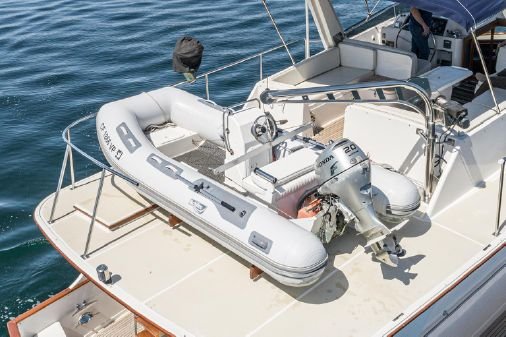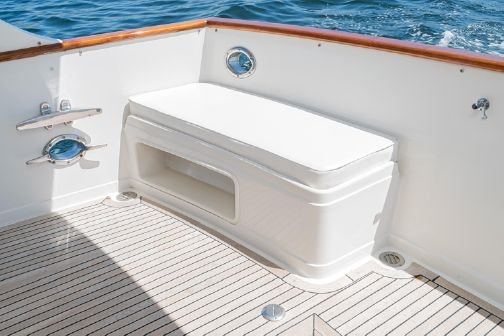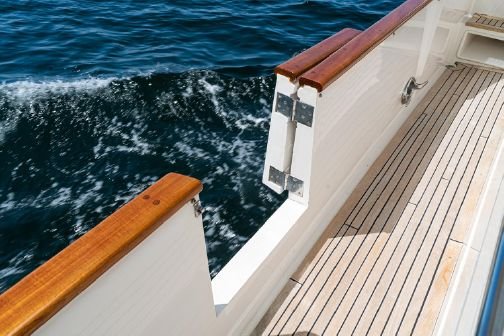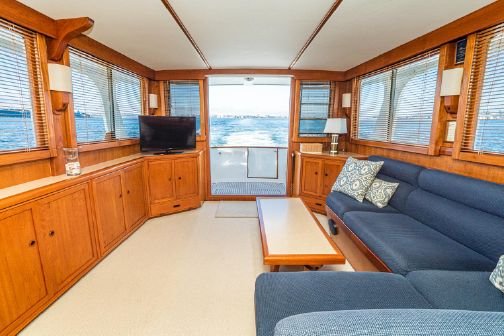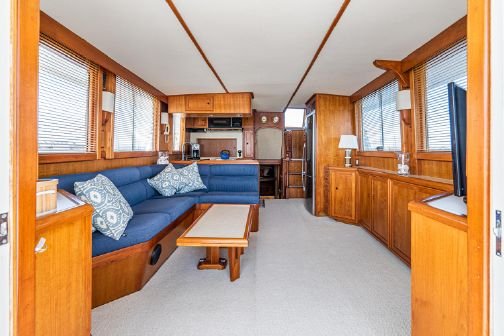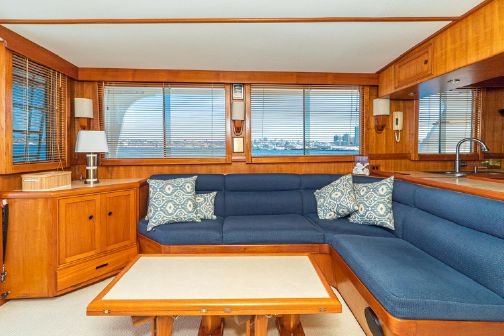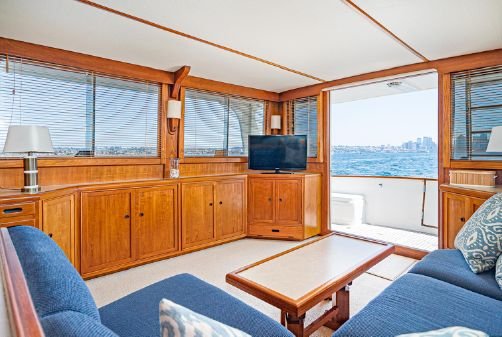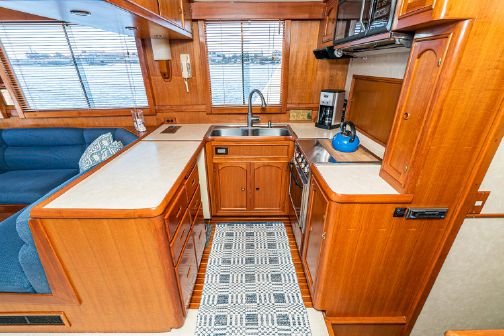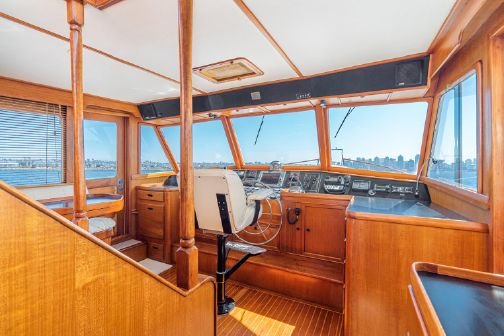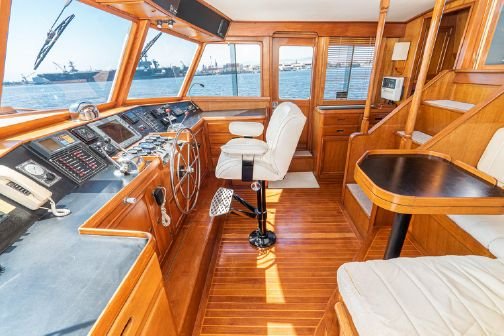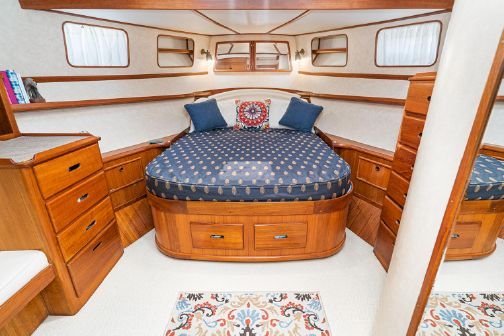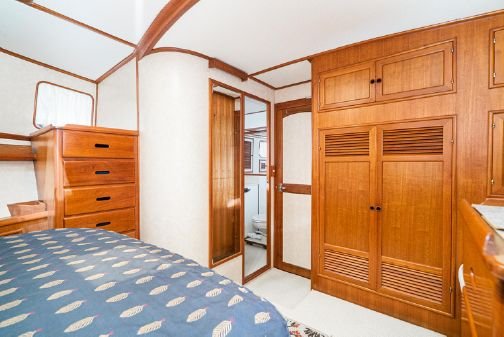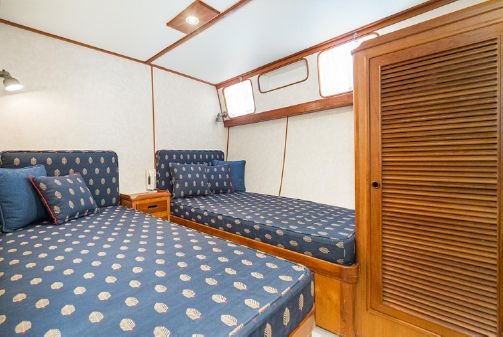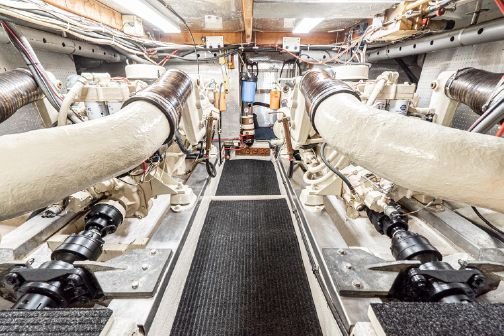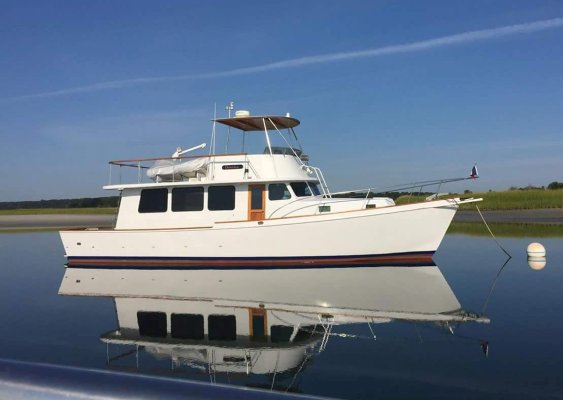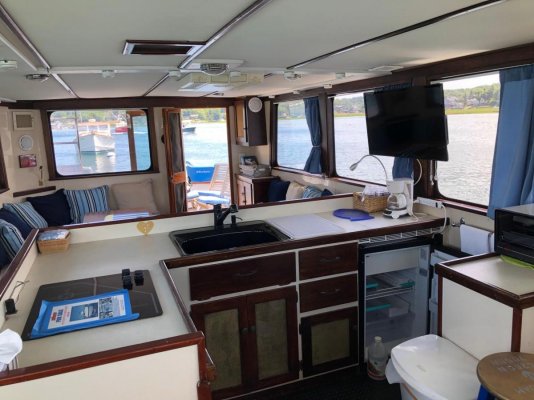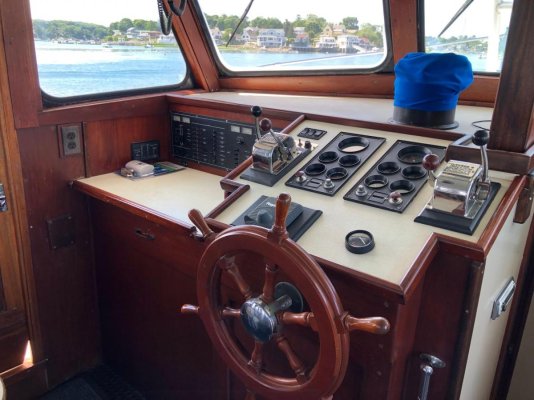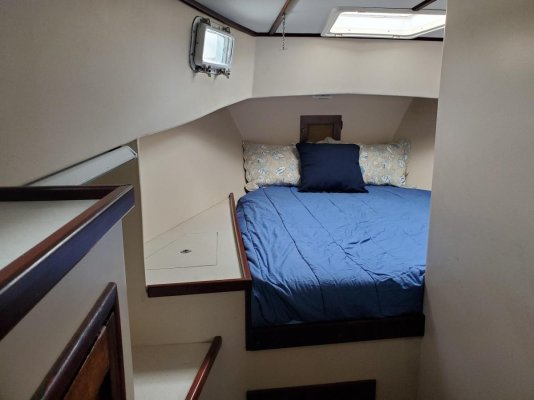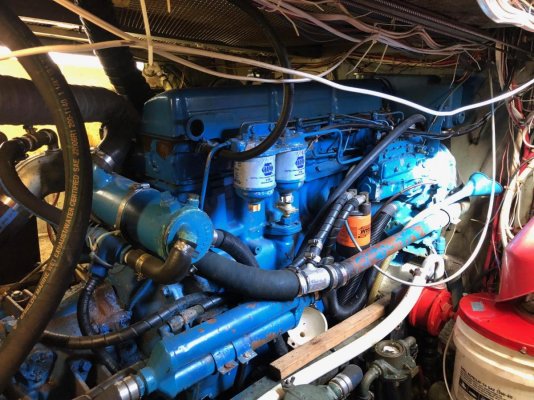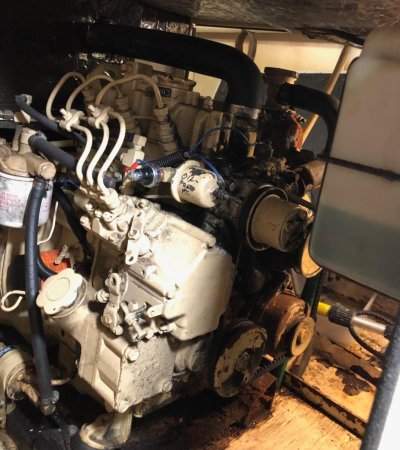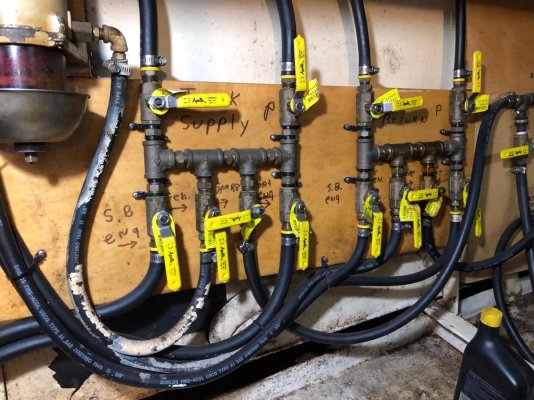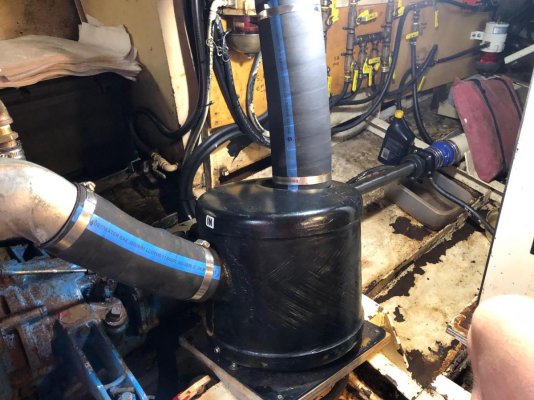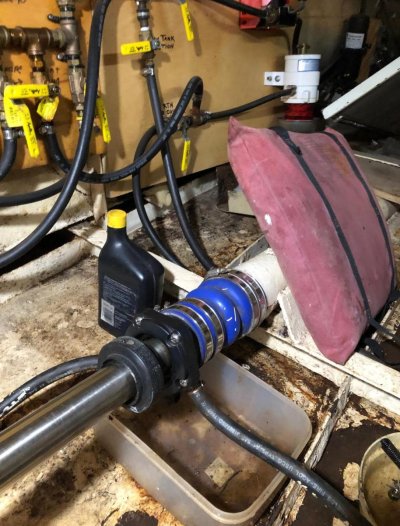brian eiland
Guru
- Joined
- Jul 17, 2013
- Messages
- 930
- Location
- USA & Thailand
- Vessel Name
- RunningTide
- Vessel Make
- 37 Louisiane catamaran
a goodly number of tri hulled motorboats,.....
https://www.boatdesign.net/threads/trimaran-motorboat-stabilized-monohull.29665/page-2
...and a few thoughts on mine on a 'New Age Trawler Motorsailer, Kite Assisted Power Yacht'
http://www.boatdesign.net/forums/bo...torsailer-kite-assisted-poweryacht-20319.html
BTW, The power would be a single main engine sized to develop the vessel’s desired top speed, and it could transmit this power by conventional shaft/prop arrangement, or with a azimuthing Volvo IPS dual prop unit, or via a retractable azimuthing Rim-Drive prop unit as I included on my latest dynarig motorsailer design.
1) Volvo IPS : http://www.yachtforums.com/forums/yacht-reviews-feature-stories/7467-world-debut-volvo-pentas-new-ips-750-850-a.html
2) Rim Drive : http://www.yachtforums.com/forums/technical-discussion/3961-rim-driven-propellers.html
Supplementing this single main engine would be a single DC diesel/electric power unit to provide for:
1) Ships electrical requirements
2) Slow speed operation by electric (wing) motor belted to main prop shaft
3) Maneuvering thrusters as required depending upon azimuth capabilities of main prop.
The entire ship would be powered by only two engines, basically sized to provide:
1) Full main diesel power, unimpeded by interceding diesel/electric conversion
2) Slow speed operation and ship’s systems via the smaller diesel/electric unit
3) ‘Twin power’ emergency backup as either engine can run all gear
This configuration more ideally meets the latest thinking for the new diesel/electric DC technologies onboard smaller vessels. Alternatively, two identical diesel/electric plants might be sized such that in combination they would supply the max power required of the vessel, and half power for lesser times.
Only two engines and no conventional sailing rig should make this a more affordable vessel, both in construction, in maintenance, and in operation. However the SkySail kite arrangement will probably more than offset the conventional sailing rig in cost. Possibly a less expensive alternative to this ‘brand name’, with less computerization could be found (no integrated weather/navigation features, etc). Light-weight construction would be desirable but not necessary. Third world hull construction materials are a possibility.
I’ll call it a KiteSail Motorsailer for now.
https://www.boatdesign.net/threads/trimaran-motorboat-stabilized-monohull.29665/page-2
...and a few thoughts on mine on a 'New Age Trawler Motorsailer, Kite Assisted Power Yacht'
http://www.boatdesign.net/forums/bo...torsailer-kite-assisted-poweryacht-20319.html
BTW, The power would be a single main engine sized to develop the vessel’s desired top speed, and it could transmit this power by conventional shaft/prop arrangement, or with a azimuthing Volvo IPS dual prop unit, or via a retractable azimuthing Rim-Drive prop unit as I included on my latest dynarig motorsailer design.
1) Volvo IPS : http://www.yachtforums.com/forums/yacht-reviews-feature-stories/7467-world-debut-volvo-pentas-new-ips-750-850-a.html
2) Rim Drive : http://www.yachtforums.com/forums/technical-discussion/3961-rim-driven-propellers.html
Supplementing this single main engine would be a single DC diesel/electric power unit to provide for:
1) Ships electrical requirements
2) Slow speed operation by electric (wing) motor belted to main prop shaft
3) Maneuvering thrusters as required depending upon azimuth capabilities of main prop.
The entire ship would be powered by only two engines, basically sized to provide:
1) Full main diesel power, unimpeded by interceding diesel/electric conversion
2) Slow speed operation and ship’s systems via the smaller diesel/electric unit
3) ‘Twin power’ emergency backup as either engine can run all gear
This configuration more ideally meets the latest thinking for the new diesel/electric DC technologies onboard smaller vessels. Alternatively, two identical diesel/electric plants might be sized such that in combination they would supply the max power required of the vessel, and half power for lesser times.
Only two engines and no conventional sailing rig should make this a more affordable vessel, both in construction, in maintenance, and in operation. However the SkySail kite arrangement will probably more than offset the conventional sailing rig in cost. Possibly a less expensive alternative to this ‘brand name’, with less computerization could be found (no integrated weather/navigation features, etc). Light-weight construction would be desirable but not necessary. Third world hull construction materials are a possibility.
I’ll call it a KiteSail Motorsailer for now.
Last edited:








